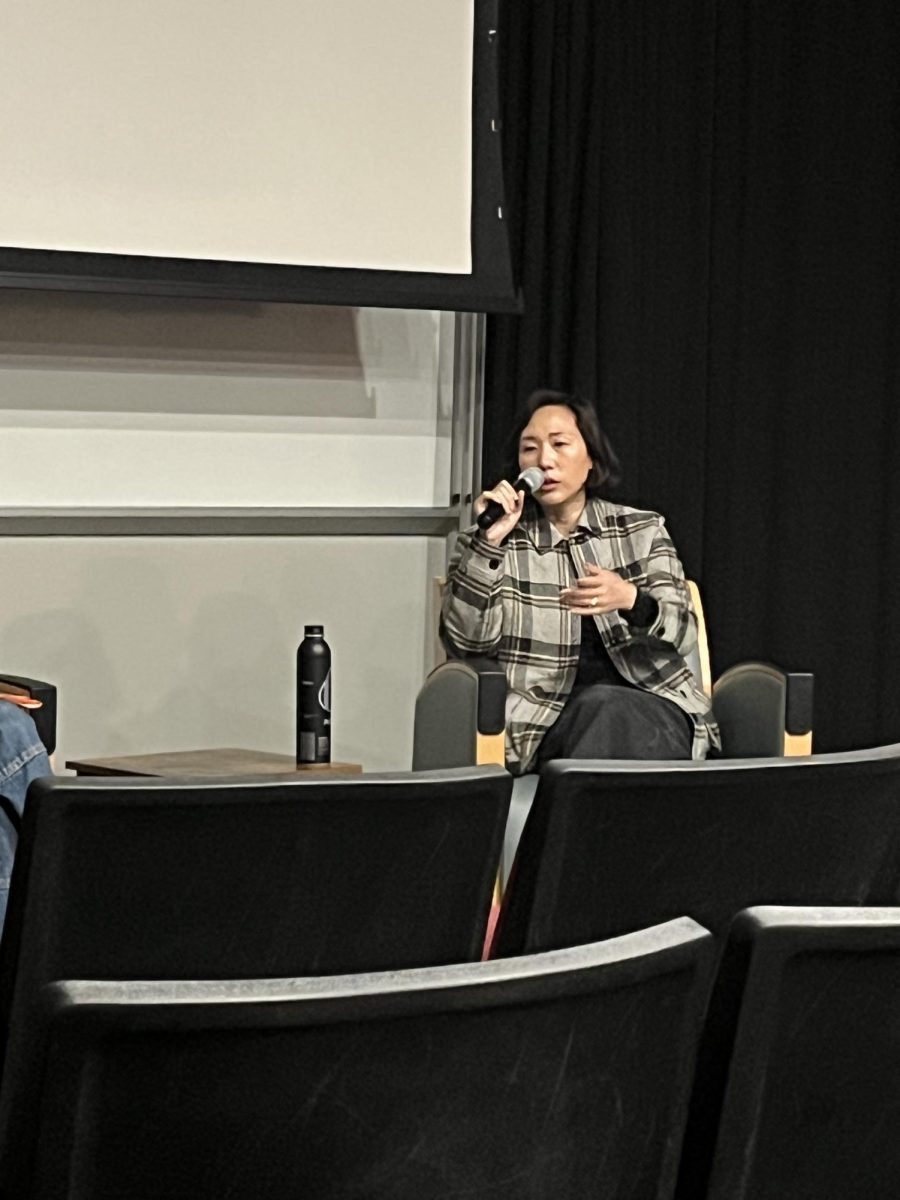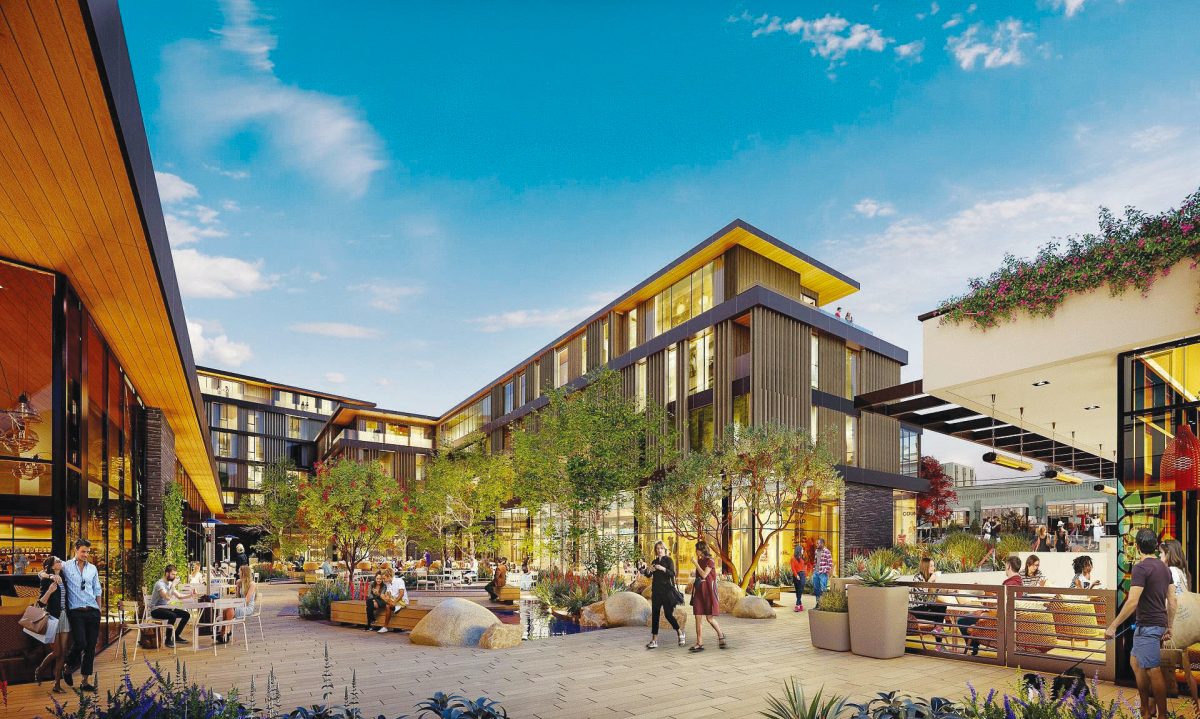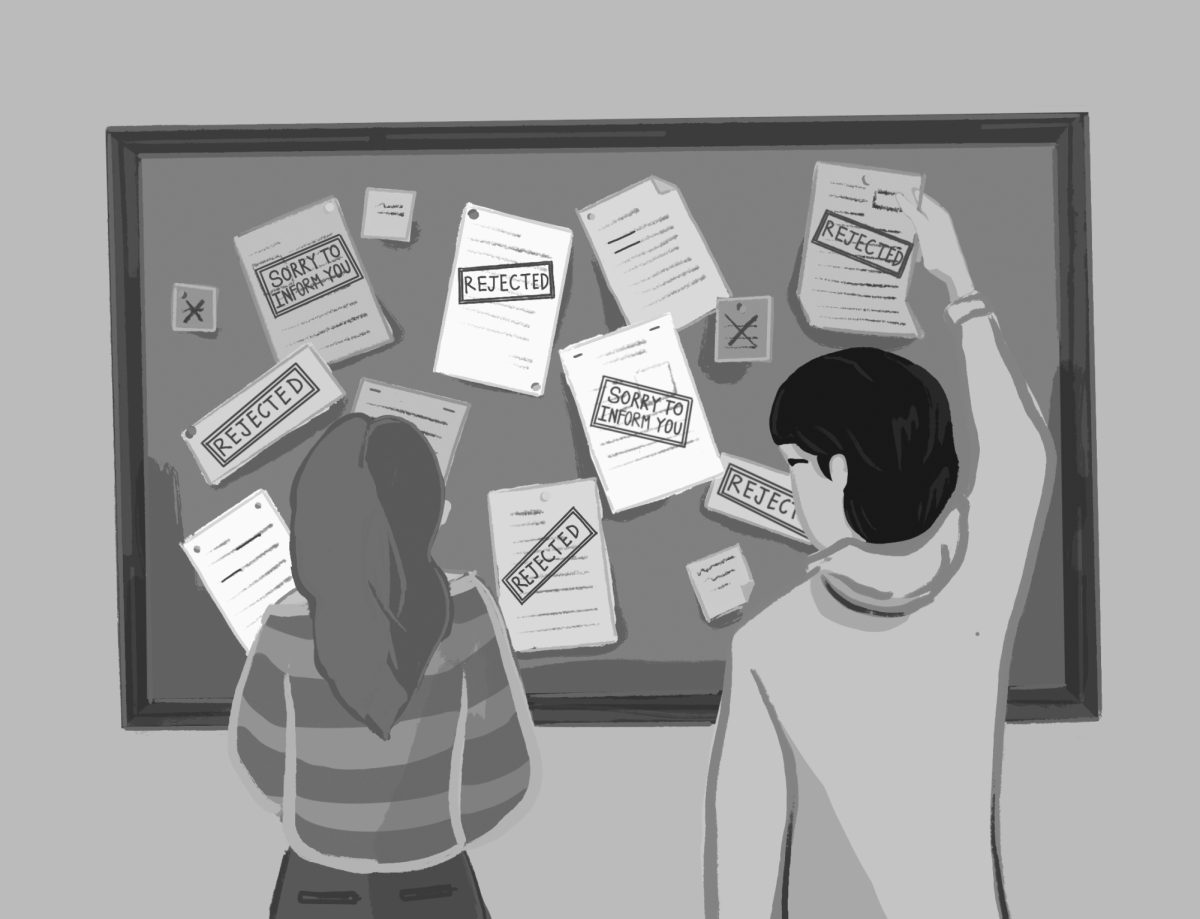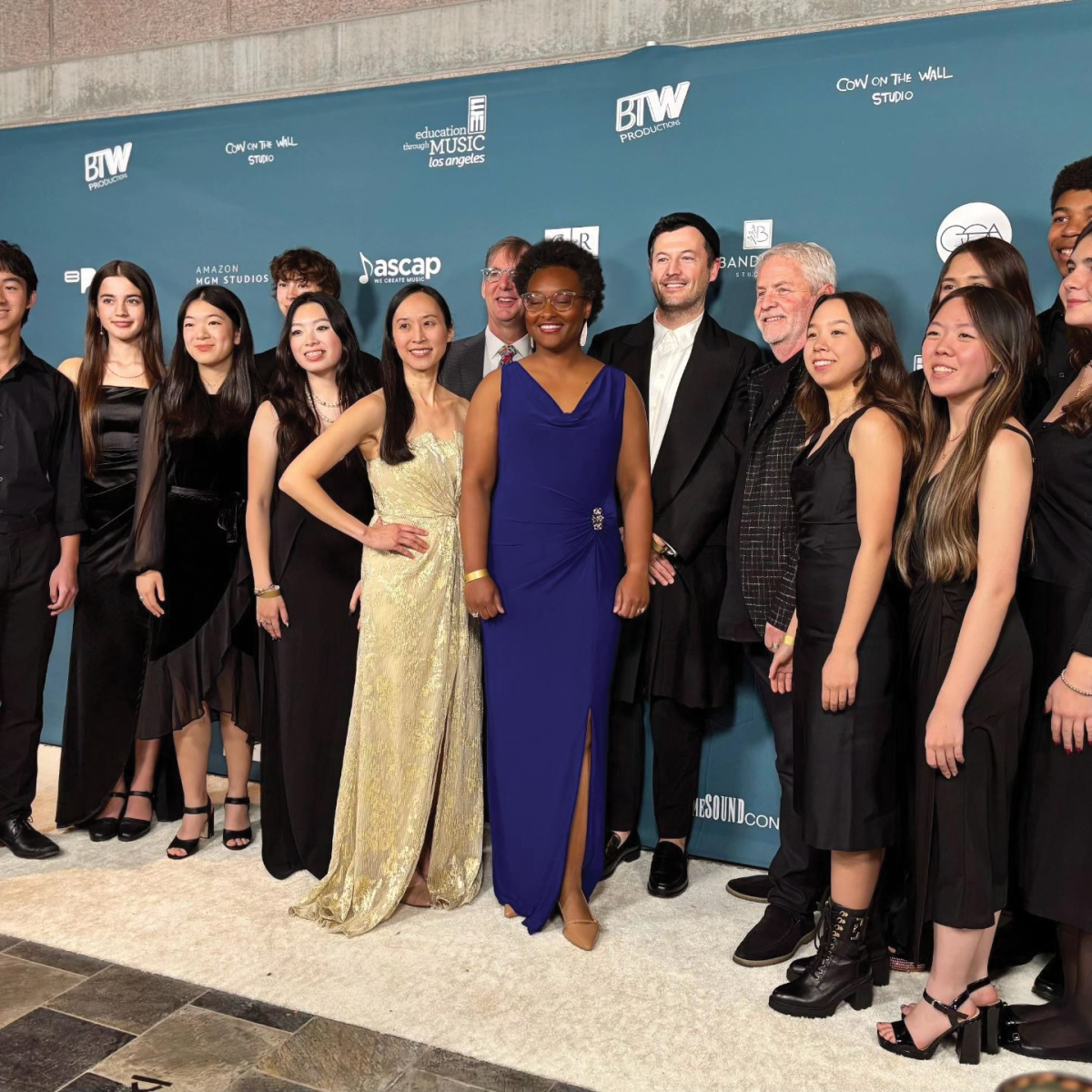Commons announces more opportunities for students to learn on campus
Seniors will have the option to pass through the halls of Seaver Academic Center on their way to classes every day starting March 3, while juniors and sophomores will be able to attend classes in person for three days out of the six-day cycle.
April 26, 2021
Head of School Rick Commons announced Monday that seniors will have the option to attend classes every day on campus, while middle school students, sophomores and juniors will be able to attend classes in person for three days out of the six-day cycle beginning May 3.
Commons and Slattery detailed plans for students to attend classes in person more frequently in emails sent Monday.
Head of Upper School Beth Slattery elaborated on the updated return to school plans in an email sent to upper school students Monday afternoon. Sophomores are invited to attend classes in person on Days One, Four and Six, and juniors may return to campus on Days Two, Three and Five.
Slattery wrote that students should stay home on days they have digital Advanced Placement (AP) exams but come to campus if they have in-person AP exams, regardless of whether their exam falls on a date assigned to their grade level for in-person learning. Additionally, this year’s annual Awards Assembly will occur June 4 and final exams will take place remotely June 7-11, according to the schedule attached to Slattery’s email.
Seniors will have greater access to on-campus learning than sophomores and juniors in the coming weeks.
Although seniors will have completed their academic obligations by May 28, they are welcome to attend senior activities on campus June 1-10, according to Slattery.
Isa Sylbert ’22 said the seniors especially deserve to be on campus more frequently than sophomores and juniors, as many traditional senior year traditions were cancelled this year due to the COVID-19 pandemic.
“I think that it’s nice of [the administration] to let seniors go back every single day because I know that their senior year has already been really tough,” Sylbert said.
Although some students are excited to attend classes in person more often, they said the updated plans also pose potential challenges to their daily routines.
However, based on her time spent at school last week with just the students from her own grade, Sylbert said she is concerned by the high volume of students who will be on campus at the same time but is looking forward to learning on campus more often, nonetheless.
“I’m also happy that I can go back three days per week, but I’m a little worried about how many people are going to be on campus because I know, [even] having just our grade on campus, it was already a struggle for everyone to find a seat during lunch and during breaks,” Sylbert said. “But other than that, I’m very excited.”
Eva Salas ’22 said transitioning to in-person learning will make time management more difficult for her than it would be in a remote learning format because she will spend more time in the car in order to get to campus.
“Although I’m excited to see people from different grades and I’ll have art for hours twice a week, I’ll also be getting a lot less sleep because my commute is really long, as I live in Topanga. But, it’ll be great to be back in the [art] studio.”
Commons said decreasing COVID-19 case numbers and increasing vaccination rates allowed the school to invite more students back to campus.
In the all-school email announcing the updated schedule, Commons cited decreasing numbers of COVID-19 cases and increasing vaccination rates as reasons behind the school’s decision to provide more opportunities for students to learn in person.
“With Covid-19 [sic] case counts continuing to decline and vaccinations continuing to increase, I am excited to announce the next step forward in our process of reopening school,” Commons wrote.
Salas said the school should consider other factors besides the vaccination rate in regard to the vaccine when evaluating whether it is safe for students to return to campus. Someone who has received the vaccine is not considered fully vaccinated until two weeks after their final dose, according to the Centers for Disease Control and Prevention (CDC).
“I think [the administration] could have waited a little longer so more people could have access to being fully vaccinated and the [recommended] two-week period after your last vaccination,” Salas said.
Students who would like to come to campus but have not yet indicated their intention to do so should email Slattery with evidence of a negative polymerase chain reaction (PCR) COVID-19 test taken within the first five days of their grade’s assigned on-campus date.






























